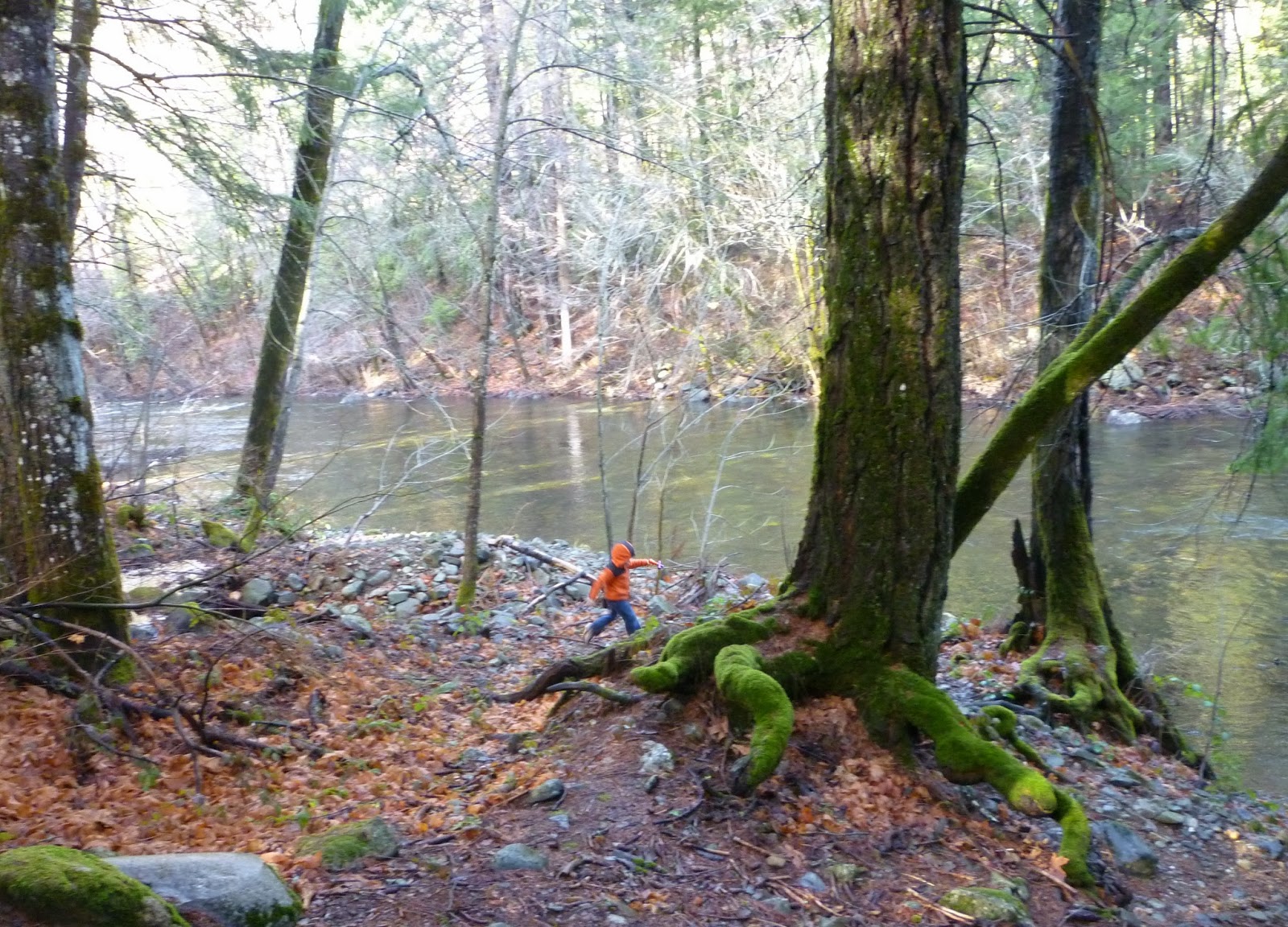Robert Farrar Capon knows well that there are people who will not drink to anything, because they are teetotalers. He's writing this chapter on "Water in Excelsis," in the book The Supper of the Lamb, about a God Who delights in his creation, and he is not sympathetic to what he sees as a mistaken attitude: "Only the ungrateful or the purblind can fail to see that sugar in the grape and yeast on the skins is a divine idea, not a human one."It was St. Thomas, I think, who pointed out a long time ago that if God wanted to get rid of the universe, He would not have to do anything; He would have to stop doing something. Wine is -- the fruit of the vine stands in act, outside of nothing -- because it is His very present pleasure to have it so. The creative act is contemporary, intimate, and immediate to each part, parcel and period of the world.
...The bloom of yeast lies upon the grapeskins year after year because He likes it; C6H12O6=2C2H5OH+CO2 is a dependable process because, every September, He says, That was nice; do it again.
Let us pause and drink to that.
And as for what he calls The Woman's Christian Temperance Union's version of The Lord's Supper, only about 100 years old and lacking completely what Holy Scripture and church tradition prescribe as the proper drink, he does not shrink back from engaging its adherents in argument, particularly the ones who think that the Greek word for wine in the Gospels meant something other than wine.
The commentator cited, as I recall, grape juice for one meaning, and raisin paste for another. He inclined, ultimately, toward the latter.
I suppose such people are blessed with reverent minds which prevent them from drawing irreverent conclusions. I myself, however, could never resist the temptation to read raisin paste for wine in the story of the Miracle of Cana. "When the ruler of the feast had tasted the water that was made raisin paste...he said unto the bridegroom, 'Every man at the beginning doth set forth good raisin paste, and when men have well drunk [eaten? -- the text is no doubt corrupt], then that which is worse: but thou hast kept the good raisin paste until now.'" Does it not whet your appetite for the critical opera omnia of such an author, where he will freely have at the length and breadth of Scripture? Can you not see his promised land flowing with peanut butter and jelly; his apocalypse, in which the great whore Babylon is given the cup of the ginger ale of the fierceness of the wrath of God?
 Capon has a different argument with secularists, and it is over their classifying wine as an alcoholic beverage, when the author knows it as a class in itself, far removed from the hard liquor that is often used to ill effect, and which he tells us is "for strong souls after great dinners." Capon:
Capon has a different argument with secularists, and it is over their classifying wine as an alcoholic beverage, when the author knows it as a class in itself, far removed from the hard liquor that is often used to ill effect, and which he tells us is "for strong souls after great dinners." Capon:I admit I am inspired by RFC's eager receptivity to God's gifts. What little appreciation I've had for wine as a beverage has been slow in developing, and I let my husband be in charge of that aspect of our dining. But wine in the chalice of Holy Communion has always seemed to me the obvious choice in obedience to Christ's teaching.With wine at hand, the good man concerns himself, not with getting drunk, but with drinking in all the natural delectabilities of wine: taste, color, bouquet; its manifold graces; the way it complements food and enhances conversation; and its sovereign power to turn evenings into occasions, to lift eating beyond nourishment to conviviality, and to bring the race, for a few hours at least, to that happy state where men are wise and women beautiful, and even one's children begin to look promising.
This chapter contains more and expanded theologizing about the secular and the sacred, using wine and the making of wine as a demonstration of the goodness and delight of God. I am still musing on much of this and hope to ramble on here again, sharing with you the infectious loves of Robert Farrar Capon.
Other posts in this series are:
RFC is the man we need.
RFC begins with the meat.
RFC considers blood and sacrifice.
RFC makes one of nature's marvels.
RFC for Butter Week





























